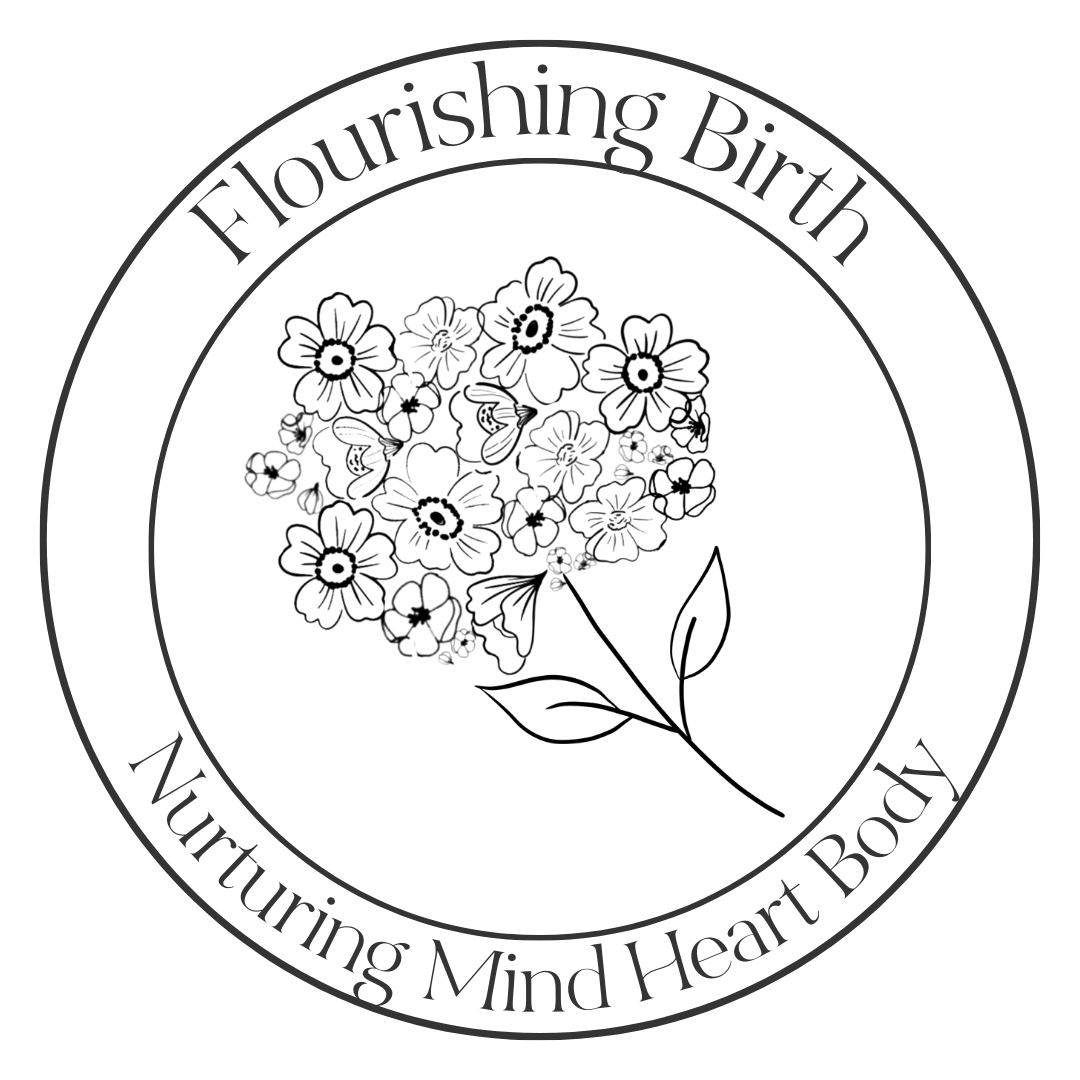Midwives Make a Difference
Healthier Births and Babies—With Midwives
Modern American obstetrics is great at reacting to catastrophe, but less skilled at preventing it
Something has gone wrong with the way that we handle birth in this county. After nearly a century of progress, deliveries are now getting more dangerous rather than less so. The number of women who go into shock during childbirth has more than doubled in the past decade, and those who suffer kidney failure rose 97%. Globally, we are tied with Belarus in maternal mortality.
After a century of progress, deliveries are getting more dangerous rather than less so.
As we look for solutions, we'd be well served to examine a remarkable 1920s success story that has almost been forgotten. The key was taking a more personal approach, with a focus on prenatal care, in the style of British midwives. While Americans treated birth as a medical event performed on the mother, British midwives learned that birth was a physical event, performed by the mother.
In 1923, Mary Breckinridge started the Frontier Nursing Service in rural Appalachia. At that time, nine women died for every 1,000 births in the U.S.—a rate 100 times higher than we see today. And in these deep hollows, where people were cut off from medical care, the risk for pregnant women was even greater. Breckinridge changed all that when her horseback midwives began riding out into mountain snowstorms to deliver babies by candlelight.
Vote
Within a decade, the astonishing impact of that care was apparent. (Breckinridge recruited Louis Dublin, vice president and statistician at the Metropolitan Life Insurance MET -0.05% Company, to do the numbers; the results were published in 1932.) The women the Frontier Nursing Service cared for, who were desperately poor and usually gave birth at home, were 10 times less likely to die in childbirth than the average American at the time. The nation as a whole wouldn't catch up until the 1950s, after the widespread acceptance of antiseptic and the discovery of antibiotics.
There was nothing mystical about this improvement. The midwives simply understood that, instead of focusing narrowly on the birth, they needed healthy families to produce healthy babies. They treated snakebites, fevers and men shot in feuds. They made frequent house calls—18 prenatal visits and 12 postpartum checkups were standard for an uncomplicated pregnancy.
Today, there are a few modern Breckinridges. Among low-income minority women in Washington, D.C., 15% give birth before term, and 14.5% of their babies are dangerously small. But when those women work with the midwives at the Family Health and Birth Center, the preterm birthrate is just 5%, and the rate of low-weight babies is 3%.
The standard response to health problems in the U.S. is more: more hospitals, more highly skilled surgeons, more access to the top technology. But we know for sure that at least some of the increasing danger of birth has been driven by the medicalization of the process. For example, a rare but often deadly condition where the placenta grows into a scar left by an earlier C-section has increased fivefold since the 1980s.
Of course, the idea that increased medical care is causing harm is controversial. Many argue that the benefits of C-sections outweigh these complications and that the real reasons that birth has gotten riskier have to do with a changing population; women are giving birth later in life, they are more likely to be obese, more likely to have heart disease. All of this is true. The profile of the American mother has changed, and she's much more likely to have a C-section. We should be trying to solve all these problems, and midwives are uniquely equipped to address them.
The great strength of American-style obstetrics is in reacting to catastrophe. But we're terrible at preventing catastrophes before they happen. While our traditional obstetric mode is reactive, the style of midwifery demonstrated by the Frontier Nursing Service is proactive. A low-tech, high-touch approach has been shown to effectively lower rates of C-sections and early births in several modern cases. Moreover, this personal, coaching approach is the most effective way to address chronic problems like obesity and diabetes.
Facing these chronic problems head on would have profound effects, lasting long beyond delivery. Birth is one of those inflection points where it is possible for people to change their lives, and midwives can assist in that process. Thundering in on horseback, as in Breckinridge's day, is optional.
—Mr. Johnson is the author of "All Natural: A Skeptic's Quest to Discover If the Natural Approach to Diet, Childbirth, Healing, and the Environment Really Keeps Us Healthier and Happier," to be published this month by Rodale Books.
A version of this article appeared January 19, 2013, on page C2 in the U.S. edition of The Wall Street Journal, with the headline: Healthier Births and Babies—With Midwives.
